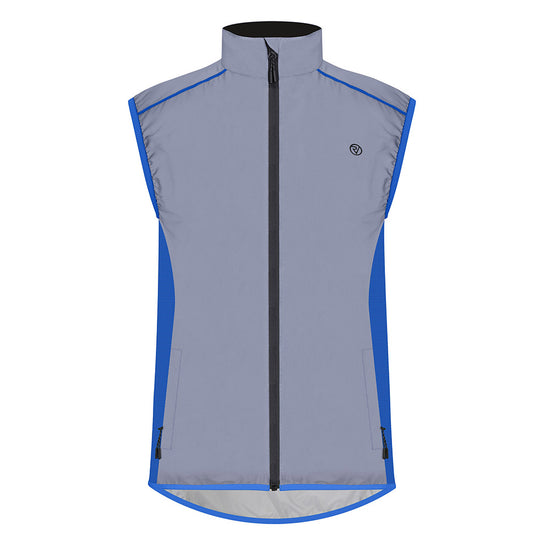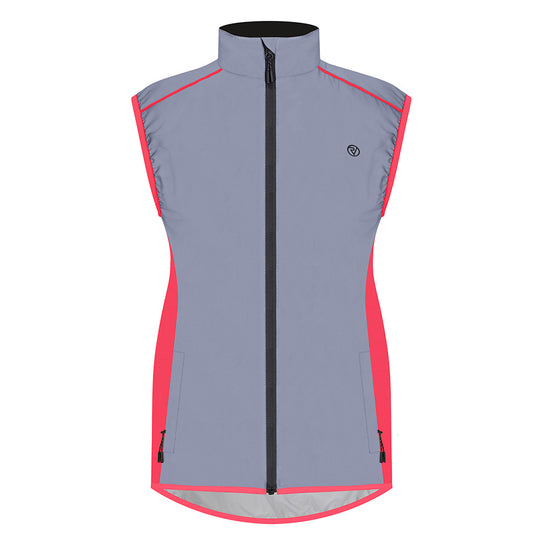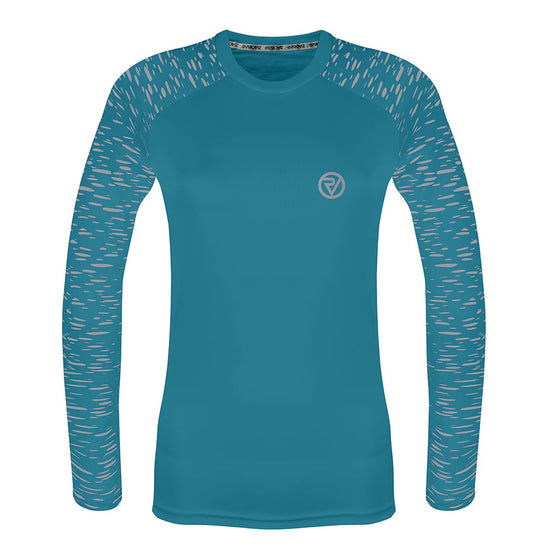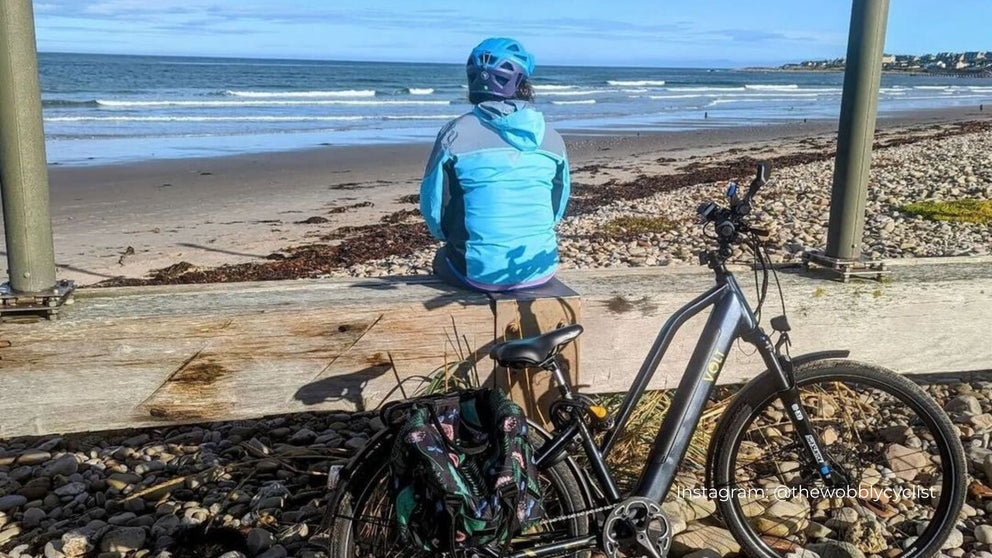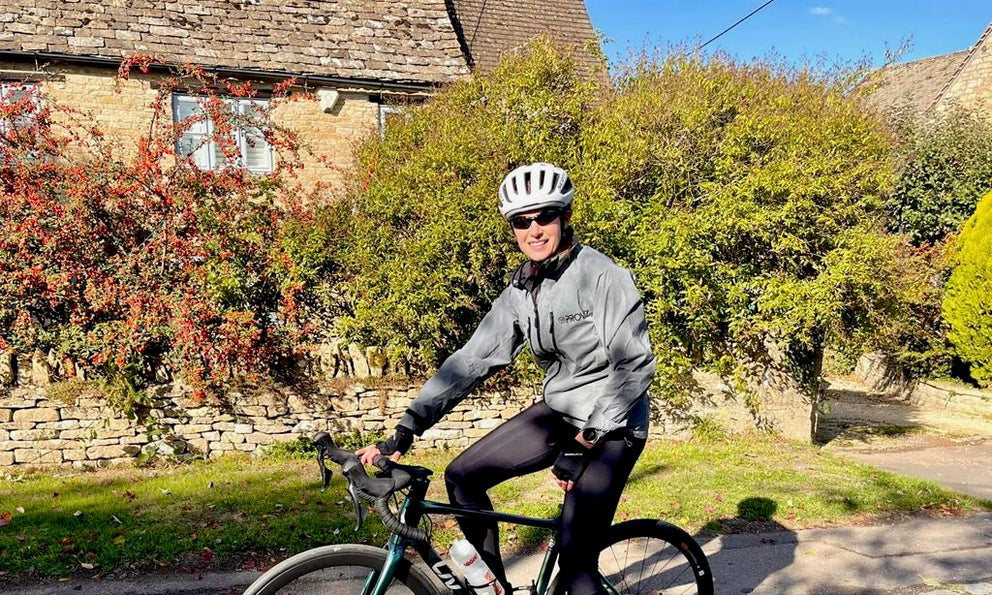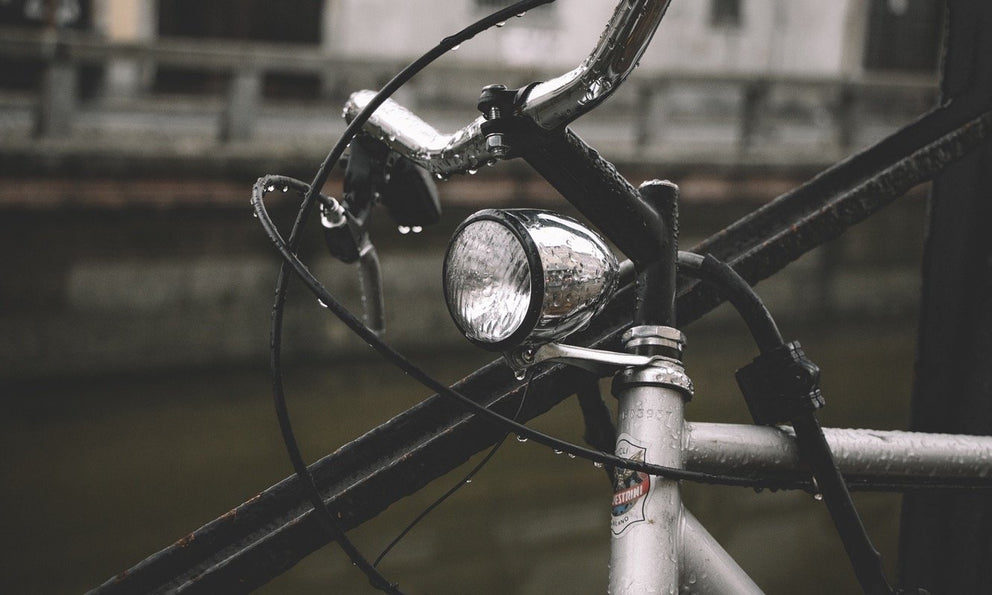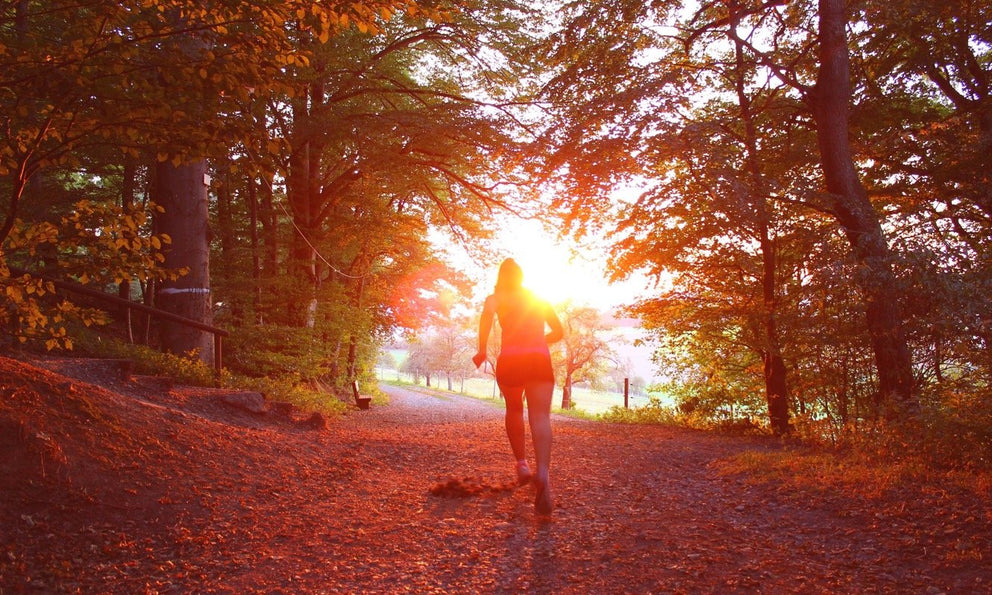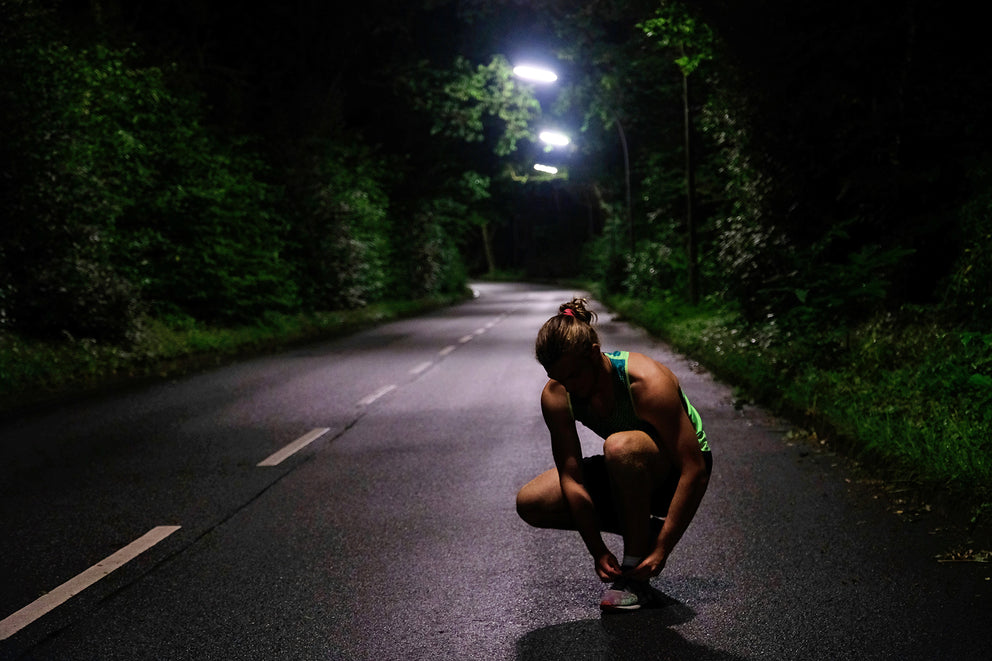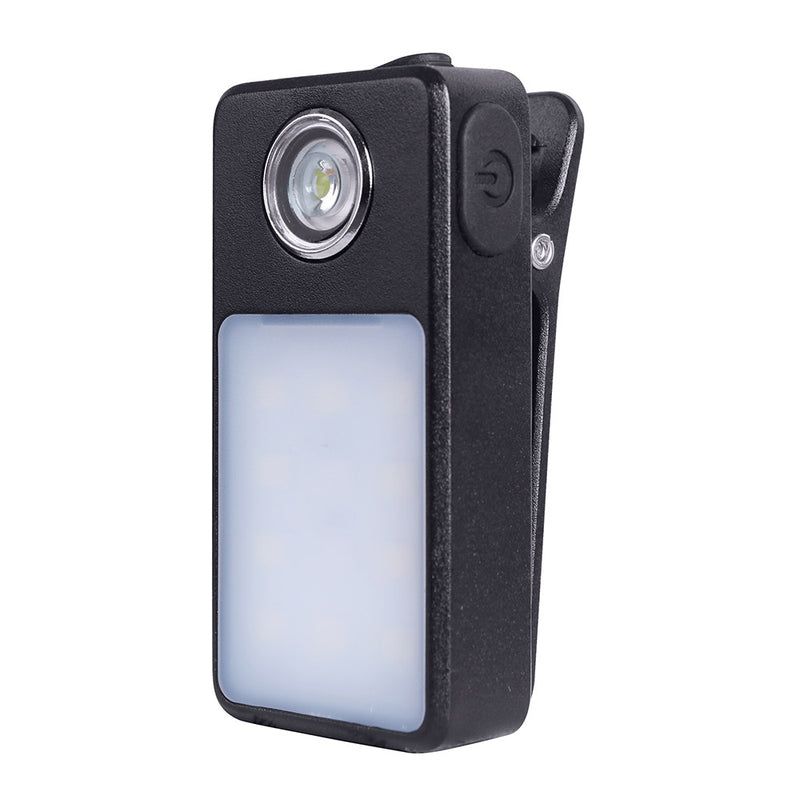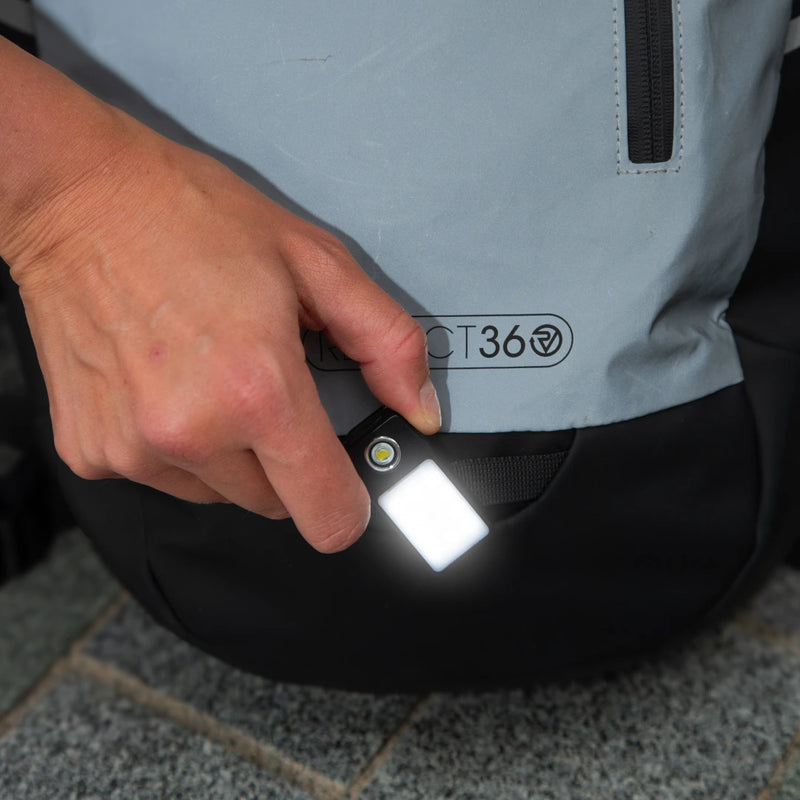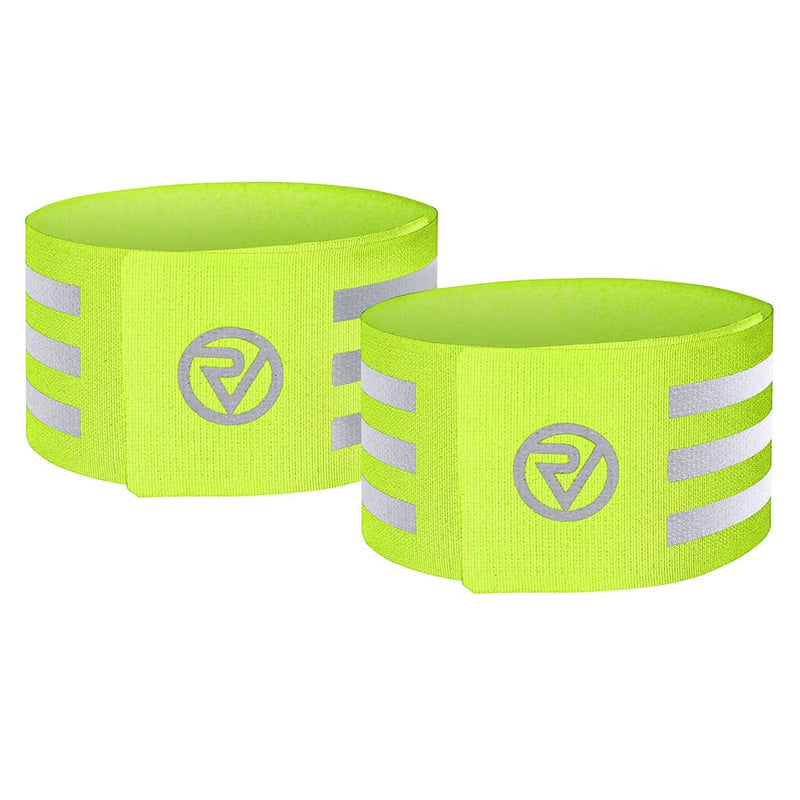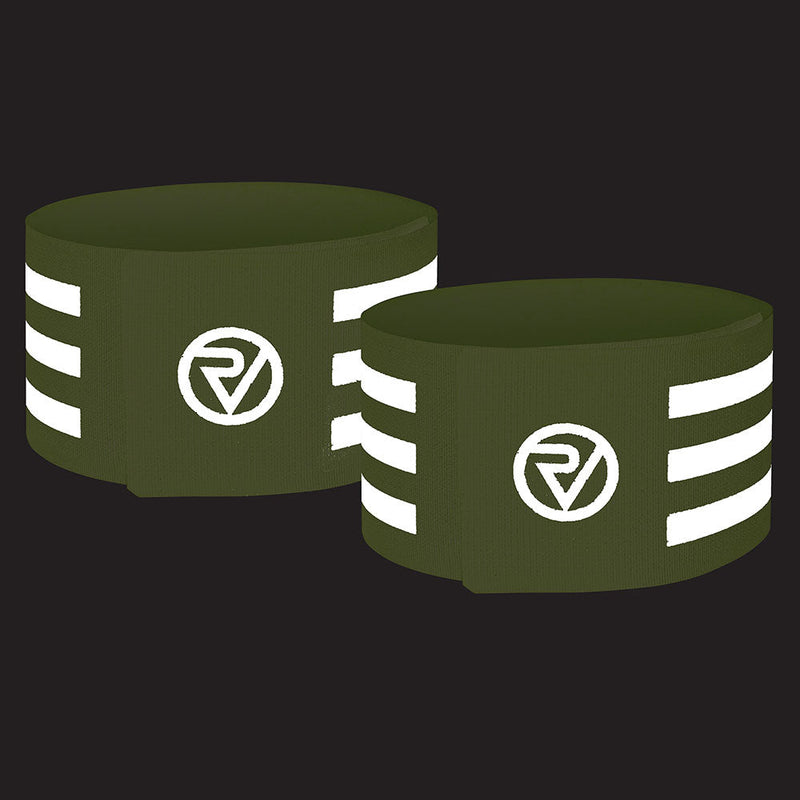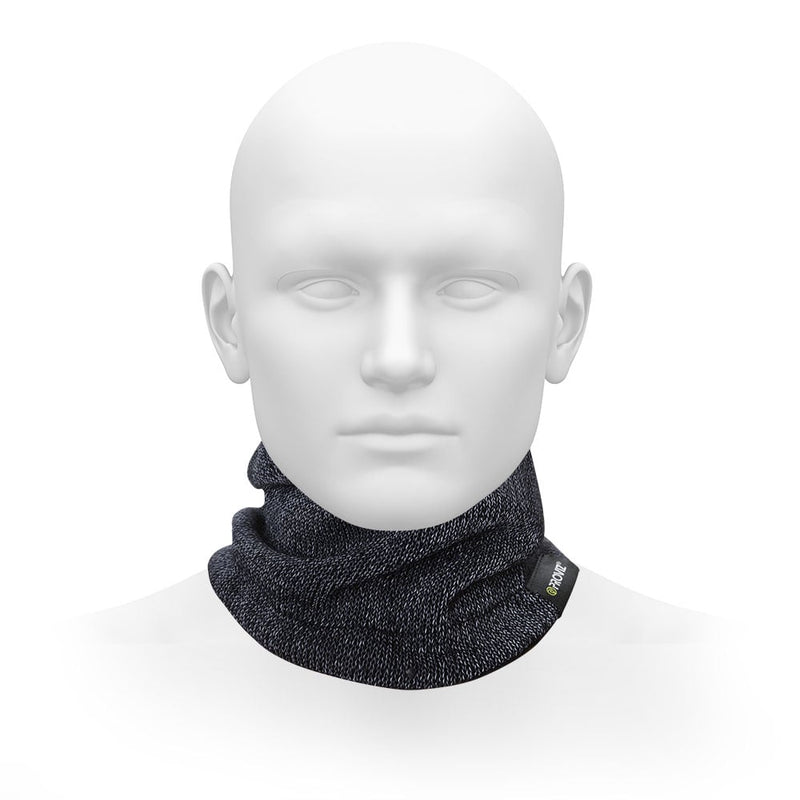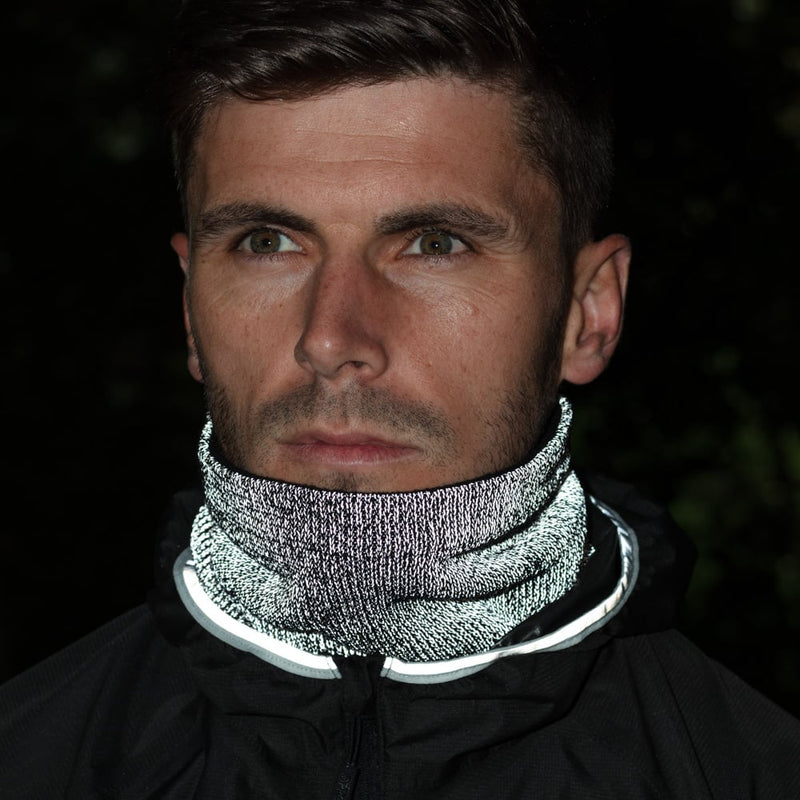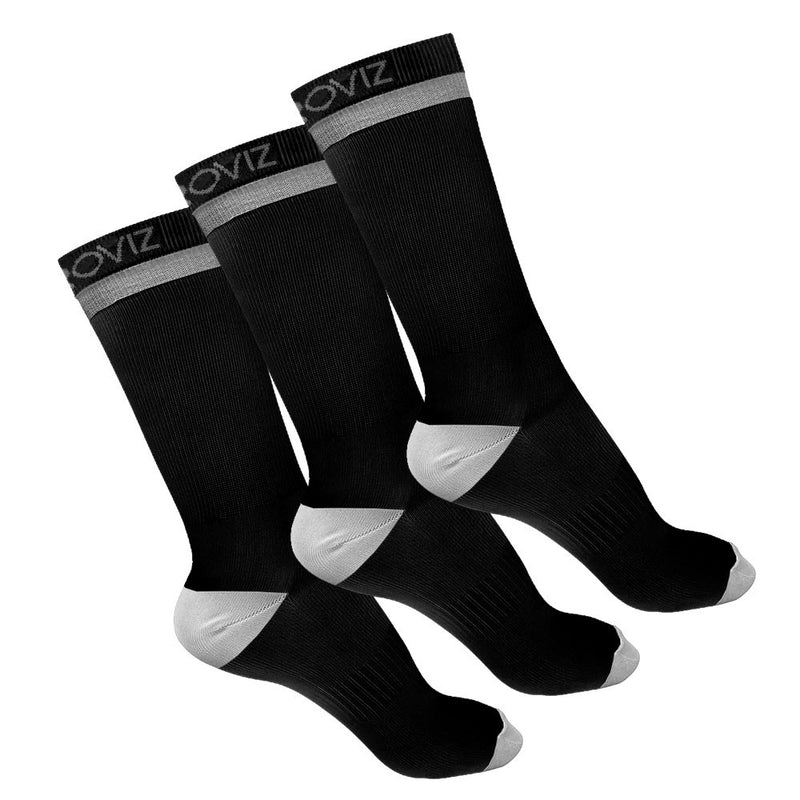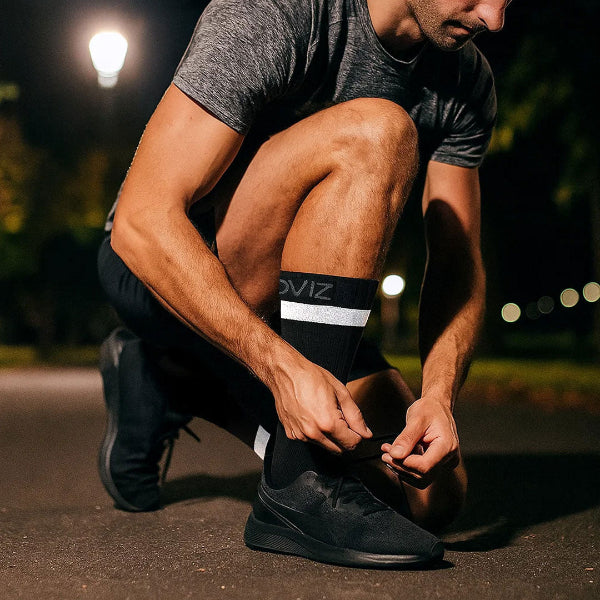So, you're getting into cycling? You've got your water bottle ready, your helmet securely fastened, and you're eager to hit the road. Whether you're exploring a new hobby, starting a fitness journey, or seeking a more efficient commute, cycling offers many benefits. But with any new adventure comes questions—like how fast you should be going as a beginner.
Your average cycling speed can vary based on factors like your route, the weather, your bike, and even your age and fitness level. Understanding these elements will help you set realistic goals and find a pace that suits you.
As you dive into cycling, thinking about your safety is vital. At Proviz, we've introduced our most advanced reflective jacket yet—the Reflect360+ Apex. This jacket features state-of-the-art technology designed to maximize your visibility on the road, ensuring you stay safe and seen in all conditions. With the Reflect360+ Apex, you can ride confidently, knowing you're protected by the best cycling visibility gear.
What is a good average cycling speed for beginners?
A good cycling speed for beginners depends on a number of things, but a good speed to aim for could be between 10 to 12 mph on short-distance rides. Typically, you can think of a shorter ride as being anything that’s less than around 15 miles, or 1.5 hours. A medium ride would be approximately 20 to 40 miles, or 1.5 to 2.5 hours, with a long ride anything over this. When covering longer distances, a lower speed can help you maintain a more consistent pace, if that’s what you’re aiming for.
Shorter rides can be great for high-intensity interval training (HIIT), which is effective for building fitness and losing weight. Longer rides can improve your endurance, while also opening up the potential to experience more scenery and landscapes further from home. The lay of the land you’re covering will affect your average cycling speed. Climbing hills will not only slow you down, but riding at high altitude can also have an impact on your lung capacity and therefore your pace.
So too the weather. Really hot conditions can make it tough to pound the pedals, with an increased risk of exhaustion and dehydration. Difficult terrain and even particularly poor roads can also reduce your speed compared to riding over smooth, nicely tarmacked roads. A bike that’s designed for high speeds will also be easier to ride at pace for longer periods, as opposed to a mountain bike or a bike that’s more of an all-rounder.
The average cycling speed for more experienced cyclists
As you build up your fitness and experience in the saddle, you’ll get better at maintaining your speed over longer distances. With lots of training and the right equipment, you can aim for an average cycling speed of around 15 to 20 mph. Ever wondered how fast professional cyclists go? Athletes competing in races like the Tour de France can consistently average around 25mph over extremely long distances, showcasing what’s possible when you combine exceptional endurance and strength with professional training regimes and equipment.
Tips for cycling faster
Want to know how to cycle faster? Whether you’re a total beginner or a seasoned rider looking to boost your performance, you can use our tips for cycling faster not only to enhance your speed, but also to improve your overall experience in the saddle.
Ride in a group
Ever heard of a peloton, or seen one in action? It’s where the leading group of riders in a bike race work together to push the pace, using drafting techniques to significantly increase speed by reducing wind resistance. You can do the same on your pleasure rides, taking turns to lead the pack before enjoying more of a rest when you fall back into line.
Improve your aerodynamics
You can get more aerodynamic by working on your technique in the saddle. As well as having a better riding posture, you can also reduce drag and improve your speed by investing in more aerodynamic clothing and equipment.
Use your gears
Using your bike’s gears more efficiently is a great way to boost your speed. Changing gear at the optimum time helps you maintain a steady cadence, which is the number of revolutions your pedals make per minute. This allows you to save energy and increase speed.
Better braking
You can also use your energy more efficiently by being more effective with your brakes. Just like you can conserve petrol when driving a car economically, brake smoothly and only when necessary on your bike. Avoid excessive or aggressive braking, which wastes the energy you put into building up your speed.
Work on interval training
HIIT is great for improving your cardiovascular fitness. By alternating between short bursts of intense work and longer periods of recovery, you’ll have better cardio for maintaining higher speeds for longer.
Use an app

Cycling apps allow you to track your speed and distance, as well as your progress over time. This can provide lots of motivation in your bid to cycle faster, while the best apps also offer structured training programmes to improve your performance.
Remember to cycle safely
When you ramp up your speed, it becomes even more important to ride safely. This not only applies to being mindful of your surroundings and the conditions, but also to wearing proper gear such as a helmet, gloves and a reflective jacket to improve your visibility in low light.

If you’re just starting out on your cycling journey, we have lots more useful cycling tips for beginners. We also have all the cycling clothing you need, whatever your level, combining function with fashion and featuring reflective technology to keep you both safe and stylish on the road.
